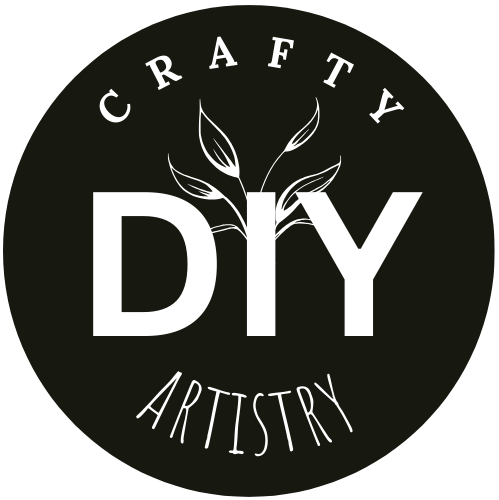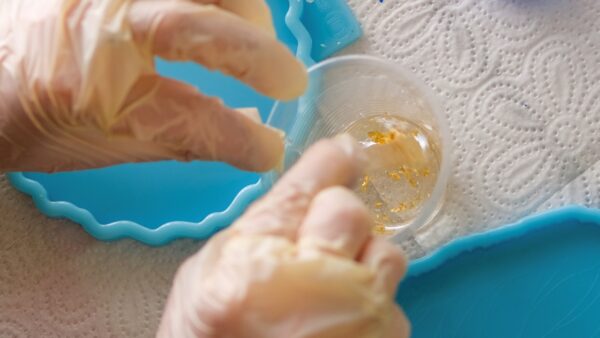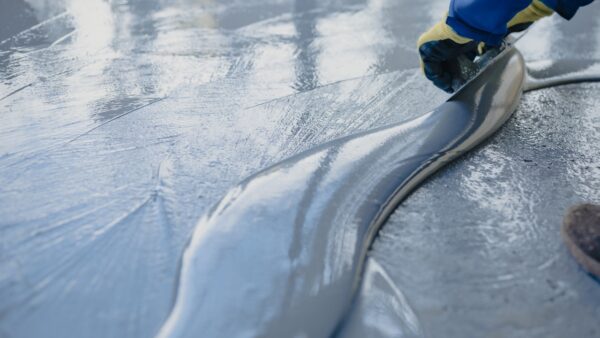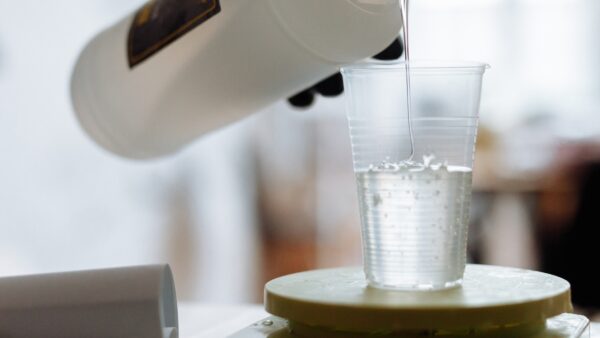15 Must Know RESIN SAFETY TIPS: Epoxy & UV resin
Here are the best safety tips for working with resin. The mesmerizing world of resin crafting offers a unique avenue for self-expression and creativity.
For those who are experienced resin artists or just getting started, there’s no denying the limitless creations we can make with resin.
However, amidst the excitement of bringing your visions to life, it’s important to prioritize safety above all else.

Working with resin involves a combination of artistry and chemistry, and improper handling can lead to potential health hazards. So many people are working with resin now that it is so popular, so we went ahead to make sure you know these resin safety tips.
In this blog post, we’ll tell you about the safety precautions that every resin user should be know. We’ll guide you through the dos and don’ts of resin crafting to help both your art and well-being remain in perfect harmony.
From choosing the right protective gear to proper ventilation, we’ll cover it all so you can create your resin ideas from resin jewelry to preserving insects in resin with confidence and peace of mind.
So, let’s dive into the world of resin crafting safety and make sure your artistic journey is as safe as it is spectacular.
Best Resin Safety Tips
1. Resin Safety Mask Or Respirator
Here’s one of the most important resin safety tips for ppe. Choosing the right respirator for resin work. The selection process hinges on several key factors, including the type of resin you’re using, the specific chemicals involved, and the concentration of potentially harmful fumes.
Use a respirator with cartridges designed to filter out volatile organic compounds (VOCs), which are commonly found in resin fumes.
The fit of the respirator is equally important; it must create a secure, airtight seal to prevent the inhalation of unfiltered air.
Ultimately, the proper respirator should provide protection against the specific respiratory hazards associated with resin crafting, offering you peace of mind and a safe working environment.
Wear a respirator even if the resin brand states that they have non-toxic resin.
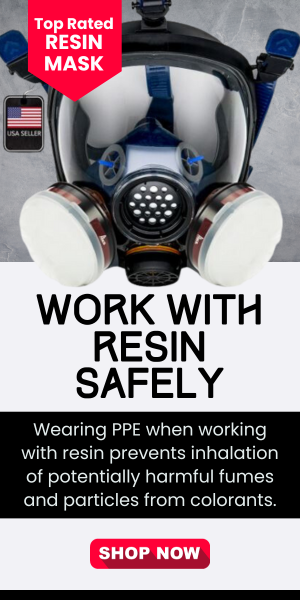
- Select the Right Type of Respirator: Different respirators are designed to filter specific types of contaminants. For resin work, you’ll need a respirator equipped with cartridges that can filter out volatile organic compounds (VOCs). Look for a respirator labeled as N95, N99, N100, or P100 and equivalent, which are effective against airborne particulates and VOCs.
- Proper Fit: A respirator must fit snugly to create an airtight seal, preventing unfiltered air from entering. Fit testing will help determine the correct size and style of respirator for your face. Follow the manufacturer’s guidelines to have a secure fit, and make sure to properly adjust the straps for comfort and effectiveness.
2. Safety Goggles To Protect Eyes
Safety goggles are a non-negotiable component of resin crafting safety due to their pivotal role in protecting the eyes from potential harm. If you are not using the full face respirator as above, then you will need to get these separately.
Resin work inherently involves the risk of splashes, spills, and the release of volatile fumes, all of which can have disastrous consequences if they come into contact with the eyes.
Even minor splatters of resin, hardener, or mixed resin can lead to severe eye irritation, corneal abrasions, or chemical burns. In addition to physical injuries, eye exposure to resin can result in long-lasting discomfort and vision problems.

Safety goggles act as a barrier, shielding the eyes from such risks and ensuring that you can work with resin confidently, knowing that your vision and eye health are safeguarded.
Hence, the importance of wearing safety goggles cannot be overstated. Just like a proper mask, this is one of the must know resin safety tips. They serve as a layer of protection against potential eye-related accidents and injuries while resin crafting.
3. nitrile Gloves For Hands
Not only is nitrile gloves essential, but also the proper fit. Do not use gloves that are too large for you hands, a proper snug fit is ideal.
Nitrile gloves are a fundamental component of resin safety, playing an important role in protecting the hands and skin from potential hazards associated with resin handling.
Nitrile gloves are resistant to chemicals, punctures, and tears, making them an ideal choice for working with resin.
These gloves serve as a barrier, preventing direct contact between the skin and the resin, which may contain chemicals and allergens that can lead to skin irritation, dermatitis, or allergic reactions.

The non-permeable nature of nitrile gloves will help so that the most potent chemicals found in resin mixtures do not breach the protective layer.
They also offer a snug fit and dexterity, allowing for precise work while keeping the hands shielded. So do make sure you are getting the right size.
4. Proper Lab Coat Or Apron
A lab coat or apron serves as a protective layer when working with resin. These garments will help protect your good clothes against accidental resin splatters and spills.
Resin can be notoriously stubborn and challenging to remove from fabrics, often leading to permanent stains. If you get resin on fabric, it’s super hard to get out no matter if it is cured or not.

Additionally, these protective garments reduce the risk of personal clothing becoming contaminated with resin, which might inadvertently come into contact with other objects or individuals.
5. Work in a Well-Ventilated Area
Working in a well-ventilated area is a cornerstone of resin crafting safety, and its importance cannot be emphasized enough. This is one of the best resin safety tips that is very important.
Proper ventilation is critical because it helps the risks associated with inhaling resin fumes generated during the resin mixing and curing processes.
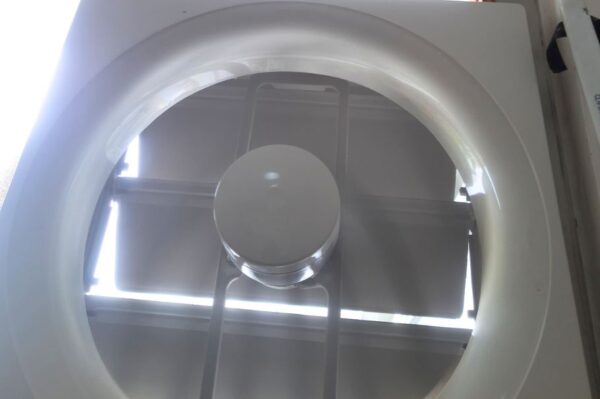
These fumes often contain volatile organic compounds (VOCs) that, when inhaled, can lead to respiratory issues and health problems.
Adequate ventilation helps these fumes are promptly and continuously removed, maintaining the air quality in your workspace at safe levels. It also helps disperse any unpleasant odors associated with resin work.

Working in a poorly ventilated space can result in the accumulation of noxious fumes, increasing the chances of dizziness, headaches, and long-term respiratory complications.
Choosing to work in a well-ventilated area is a precaution that safeguards your respiratory health. Here are three tips for working with resin safely.
Open Windows and Doors:
Open windows and doors to allow fresh air to circulate through your workspace. This helps in dispersing harmful fumes and maintaining good air quality.
Use Fans and Exhaust Systems:
Have fans or exhaust systems in your garage or crafting room for proper air circulation and expel fumes. Position them strategically to direct airflow away from your working area. The best ones to use are the window exhaust fans that go directly into a window.
Work Near an Open Window or outside
Whenever possible, position your worktable near an open window or if you can, do it outside. This way, any fumes generated while working with resin will be quickly pulled out of the workspace, reducing your exposure to potentially harmful vapors.
6. Read Material Safety Data Sheets (MSDS)
One of the most important resin safety tips is simply reading Material Safety Data Sheets. (MSDS) is an aspect of resin safety, it tells you all about he specific resin product you are using.
The importance of reading MSDS documents lies in the fact that they provide vital information about the resin’s chemical composition, hazards, safe handling procedures, and emergency measures.
By understanding the information presented in an MSDS, you can identify potential risks associated with the resin and take appropriate precautions.

These documents also outline the recommended safety gear, first aid measures, and disposal procedures, so that you have the knowledge needed to protect your health and the environment.
See our guide about how to dispose of resin properly.
7. Mix Resin Properly
Mixing resin properly is a step that directly impacts the quality of your resin projects and reduces the risk of safety issues.
The importance of proper resin mixing lies in achieving a thorough and homogenous blend of the resin and hardener. Proper mixing makes it so that the chemical reaction between the two components occurs evenly, allowing the resin to cure as intended.
Incomplete or uneven mixing can result in uncured or partially cured resin. This not only affects the aesthetics of your project but can also pose a safety hazard. Uncured resin may contain more volatile components.

To maintain the integrity of your artwork and minimize safety risks, carefully follow the manufacturer’s instructions regarding the resin-to-hardener ratio and the mixing process.
A well-mixed resin guarantees both the visual appeal and structural stability of your projects while minimizing the potential exposure to harmful or toxic substances associated with incompletely cured resin.
Check out our guide why resin is not curing.
8. Avoid Food and Drink
Avoiding food and drink while working with resin is a fundamental safety precaution that cannot be stressed enough. The importance of this practice lies in the prevention of accidental ingestion or contamination of food and beverages with resin or its fumes.
Resin, with its chemical components and potential allergens, should never come into contact with items intended for consumption.
Ingesting resin can lead to serious health consequences, including poisoning and digestive tract issues. As far as resin safety tips go, this is up there as super important.
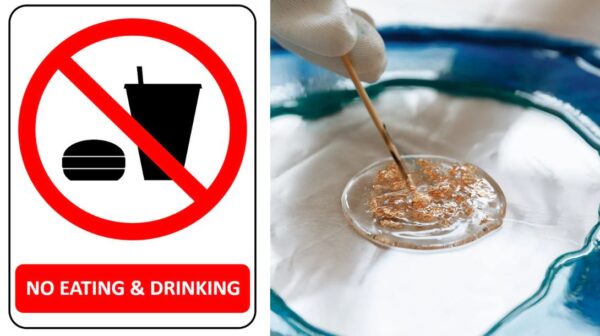
Additionally, the risk of cross-contamination is high, as even small traces of resin on your hands, utensils, or workspace can be transferred to food or drink without your awareness.
Have a strict boundary between your workspace and areas where food and drink are present, and to never consume anything while actively working with resin.
9. Keep Resin Away from Children and Pets
On this resin blog, we never suggest that kids or children work with resin.
Keeping resin away from children and pets is a paramount safety measure that requires unwavering attention.
Resin materials often contain chemicals and compounds that are harmful when ingested or inhaled, and the risk is notably higher for children and pets who are naturally curious.
Ingesting resin can result in poisoning, digestive problems, or choking hazards.
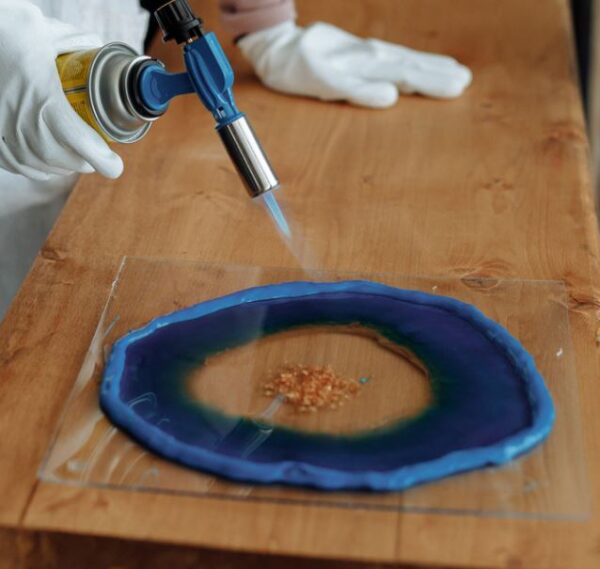
Additionally, the presence of small resin components or uncured resin can be a choking hazard for both children and animals.
To ensure safety of children and pets, store resin, resin-related materials, and partially completed projects in a space out of of their reach and in secure containers.
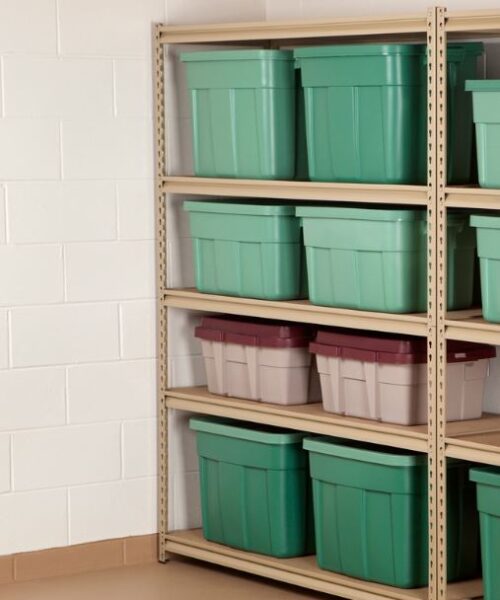
Clean up your workspace diligently to minimize the risk of accidental contact. By enforcing these protective measures, you create a safer environment, preventing potential accidents and safeguarding the well-being of your loved ones and pets.
10. Have Proper Resin Storage
Proper resin storage is a fundamental aspect of resin safety and project quality maintenance. The importance of correct resin storage primarily revolves around preserving the integrity of the resin and its components.
Resin is sensitive to factors like heat, light, and moisture, which can lead to degradation or changes in its chemical composition, rendering it less effective or even hazardous to work with.
Storing resin in a cool, dry place, away from direct sunlight, helps maintain its stability and shelf life.
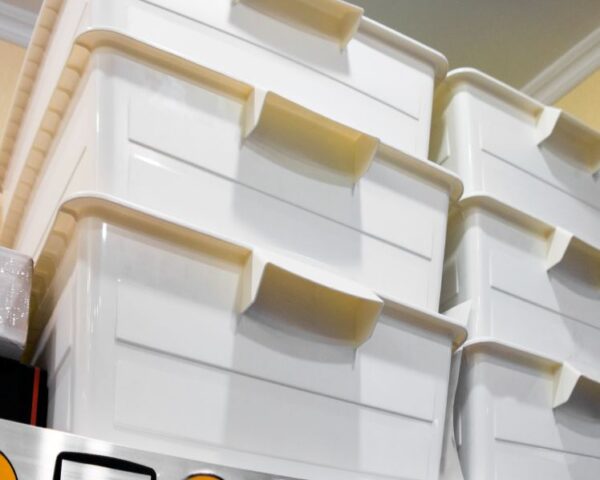
Proper storage practices also prevent the possibility of chemical reactions due to temperature fluctuations, which could result in undesirable outcomes.
By following recommended storage conditions and ensuring a tightly sealed container, you not only prolong the life of your resin but also reduce the risk of accidental leaks and contamination in your workspace, thereby enhancing both safety and the quality of your resin projects.
11. Dispose of Waste Properly
It’s important because mishandling resin waste can have adverse consequences for both your health and the environment.
Resin waste often contains uncured or partially cured resin, which can release harmful fumes and pollutants into the air and water if not disposed of correctly.
Follow local regulations and guidelines for the disposal of resin waste, which typically include using designated hazardous waste disposal facilities or collection points.
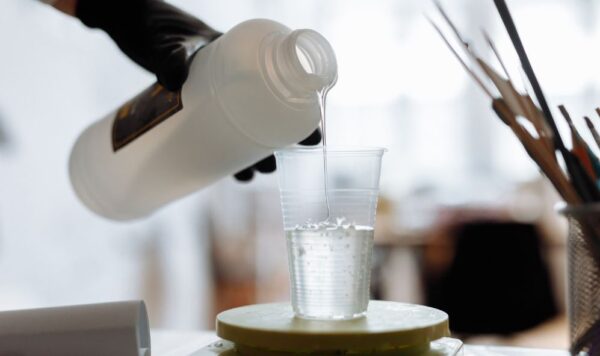
Avoid pouring excess resin or resin-related materials down the drain or disposing of them in household waste.
By using proper disposal practices, you prevent contamination of water sources and air, minimize environmental harm, and contribute to a safer, cleaner living environment for you and your community.
See our guide on how to dispose of resin properly.
12. Resin Specific Workspace
Designating a resin-specific workspace is a key element of resin crafting safety and efficiency. The importance of having a dedicated area for resin work is multifaceted.
Firstly, it minimizes the risk of cross-contamination between resin materials and everyday items. By creating a controlled environment, you prevent unintended contact between resin, its fumes, or associated tools and objects that could be used for food, personal hygiene, or other non-resin-related activities.
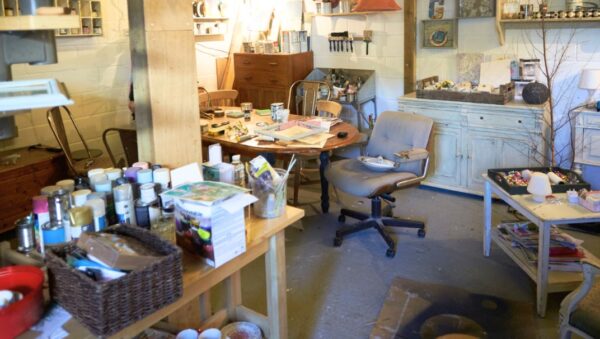
Secondly, a resin-specific workspace simplifies cleanup and maintenance, as you can focus on managing and containing resin-related debris and spills in one area.
This not only streamlines your work but also enhances overall safety by reducing the potential for accidental exposure or contamination.
Finally, having a dedicated space fosters organization and enables you to arrange tools, materials, and equipment for resin crafting in an ergonomic and efficient manner. This practice ultimately contributes to a safer, more productive, and enjoyable resin crafting experience.
13. Check Resin Expiry Dates
Checking the expiry dates on resin products is a crucial step in ensuring both the quality of your projects and your overall safety. The significance of this practice is rooted in several key factors.
First and foremost, expired resin may not cure properly or may exhibit altered physical and chemical properties.
This can lead to unsatisfactory project outcomes, wasting both your time and materials. Incomplete curing or inconsistencies in texture and finish can mar the aesthetics and durability of your creations.
Moreover, using expired resin can introduce potential health hazards. Over time, the chemical composition of resin can change, leading to the release of harmful byproducts or increased reactivity.

This may result in the emission of noxious fumes and the production of substances that can be irritating or even toxic when inhaled or exposed to the skin.
By diligently checking expiry dates and adhering to manufacturer recommendations, you mitigate the risks associated with expired resin.
Additionally, this practice demonstrates a proactive approach to resin safety, aligning your work with best practices and responsible craftsmanship.
Read up on how to tell if resin has expired.
14. Resin Handling Tools
When working with resin, use the appropriate tools for mixing, pouring, and manipulating the resin that say only for resin use.
These tools, like silicone stir sticks, reusable silicone cups, should only be used for resin and nothing else. Do not use supplies for resin and then use those same supplies for other crafts.
Never ever use tools for resin crafts that you use for food.
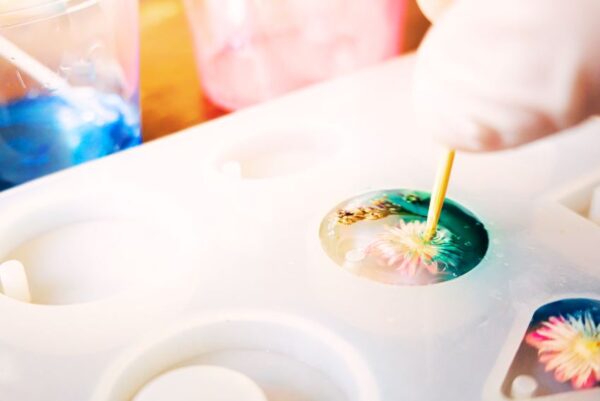
15. Prepare for Emergencies
Accidents can happen, so it’s critical to be prepared. Have a first aid kit on hand, including supplies for treating minor injuries, such as cuts and burns.
Additionally, consider installing an eyewash station in your workspace for immediate eye irrigation in case of accidental splashes.
Familiarize yourself with the location of emergency exits and make sure that your workspace is well-lit and accessible. Being ready for emergencies not only helps in the event of accidents but also provides peace of mind as you work with resin.
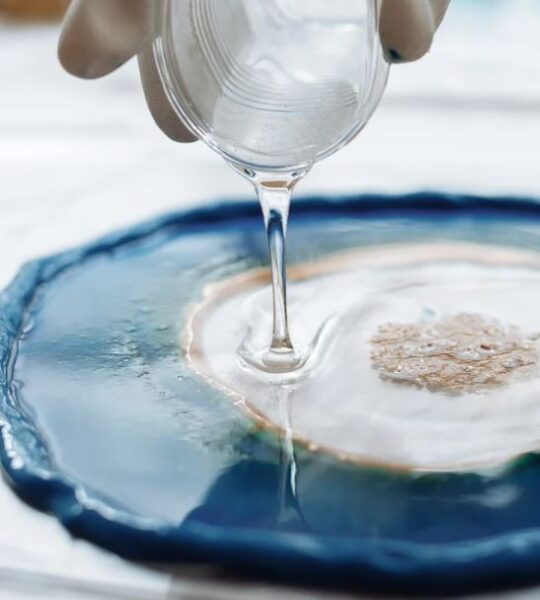

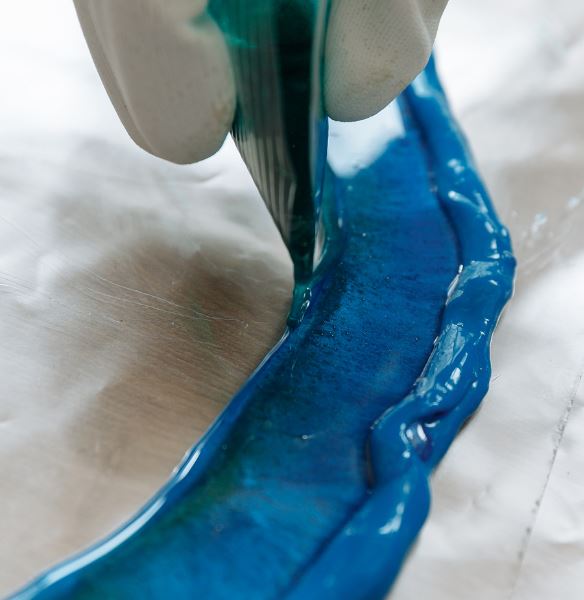
Resin Safety Tips FAQ:
Why do i need protection if a resin says it is non toxic?
Fumes and Irritation:
Non-toxic resin may still emit fumes during the curing process, which can be irritating to the eyes, nose, or throat. Protective gear like safety goggles, gloves, and respiratory protection can help prevent exposure to these irritants. As well as proper ventilation as we mentioned above.
You might even want to make an epoxy tent, where you have a full tent in your garage or basement with a fan going outside for resin ventilation. This will help so that fumes don’t travel in your house.
Allergies and Sensitivities:
Some individuals may have sensitivities or allergies to certain chemicals used in resin. Non-toxic doesn’t mean it’s hypoallergenic.
Skin contact can lead to allergic reactions, and using protective gloves can help minimize this risk. You can be using resin for years with no problem and then all of a sudden start to have allergic reactions.
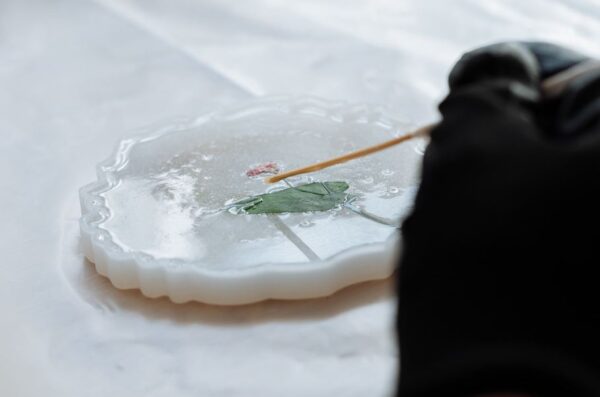
resin safety tips for Preventing Accidental Contact
Accidents can happen, and even non-toxic resin can be harmful if it comes into contact with sensitive areas like the eyes or if ingested. Using protective measures minimizes the risk of accidental exposure.
Varied Definitions:
The term “non-toxic” can have different interpretations and standards, and it might not account for every possible health concern.
Is resin crafting safe for children with proper supervision?
We do not recommend that children use resin due to the potential health hazards associated with resin materials and fumes.
Even with supervision, it can be challenging to work with sticky resin, so it’s best to avoid their involvement. Resin use should only be for adults.
What should I do if I accidentally spill resin on my skin?
If resin comes into contact with your skin, immediately wash the affected area with soap and water. You might also need to remove the sticky residue by making a sugar scrub with olive oil and sugar.
Never use solvents to remove resin. Seek medical attention if you experience irritation, redness, or an allergic reaction.
See our article about how to get resin off of skin.
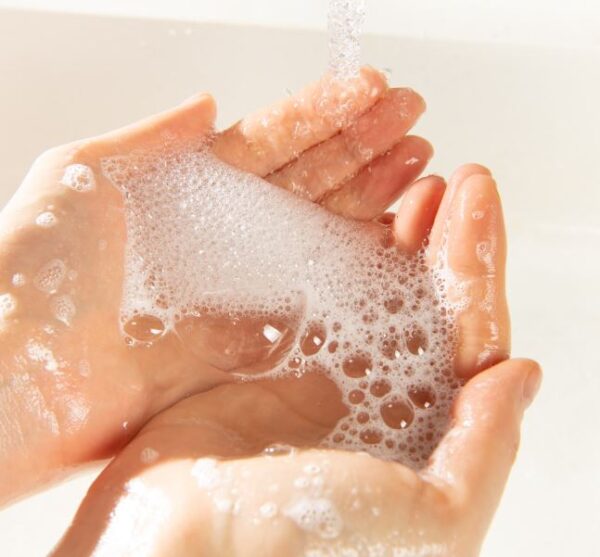
Can I use a regular dust mask for resin fumes?
Resin ppe must be taken seriously and a regular dust mask is not suitable for resin fumes. You need a respirator with cartridges specifically designed to filter out volatile organic compounds (VOCs) to protect against resin fumes like we mentioned above.
Do I Need A Dedicated Workspace For Resin Crafting, Or Can I Use My Kitchen Or Living Area?
It is highly recommended to have a dedicated workspace for resin crafting. Using common areas, especially where food is prepared or consumed, poses significant contamination risks and is not advisable for safety and cleanliness.
How do I dispose of resin waste responsibly?
Resin waste should be disposed of following local regulations for hazardous materials.
Typically, this involves taking it to designated hazardous waste disposal facilities or collection points. Never pour resin down the drain.
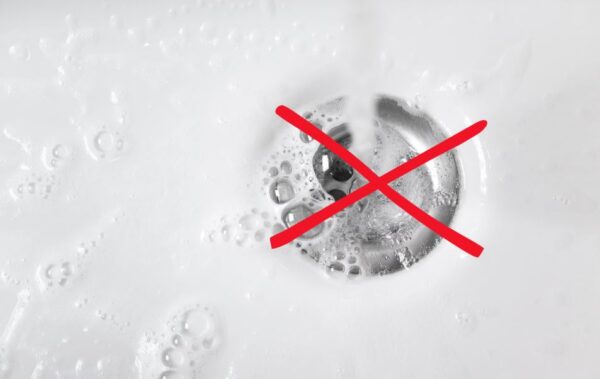
what are the best resins to use?
For detailed information on the best resins to use for different projects, including various types, brands, and their specific applications, we recommend visiting our guides.
There, you’ll find tips to help you make proper choices and get the best results in your resin projects.
Explore our blog to discover resin options that suit your needs and preferences.
Best resin for preserving bugs.
Proper resin for paintings and artwork
Resin for general crafting projects
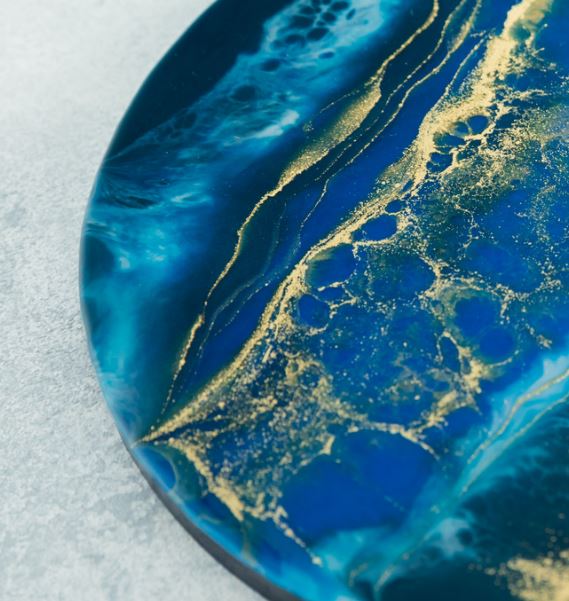
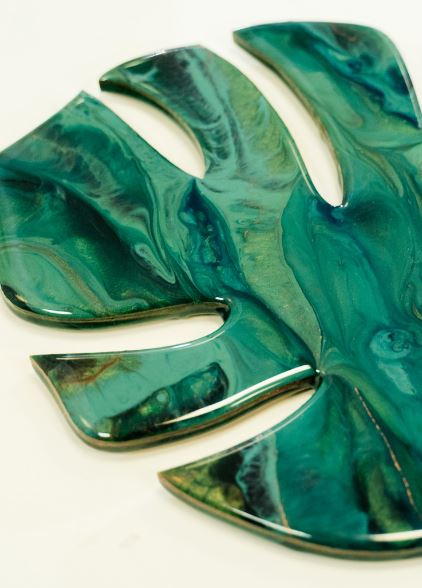

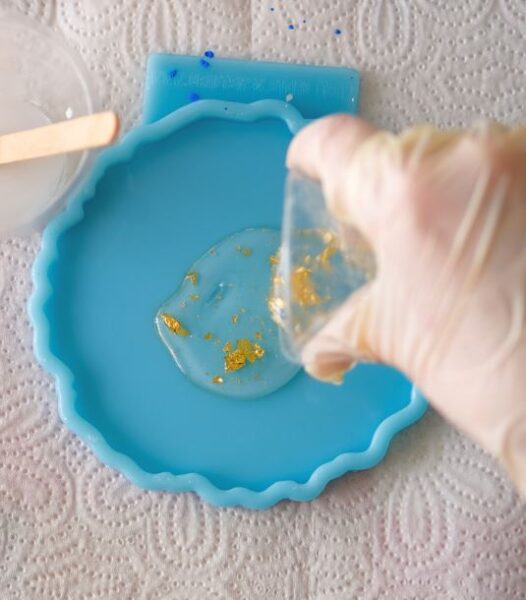
In Conclusion: Thanks for reading, and we hope this blog post about resin safety tips help with the knowledge and awareness needed to working with epoxy resin safely.
As you work with with resin, remember that a strong foundation in safety measures will give you a worry-free and fulfilling artistic journey.
Your well-being is as precious as your art, and by following these resin safety tips and resin safety precautions, you can protect both.
Happy crafting, and may your resin projects shine with brilliance and safety!
